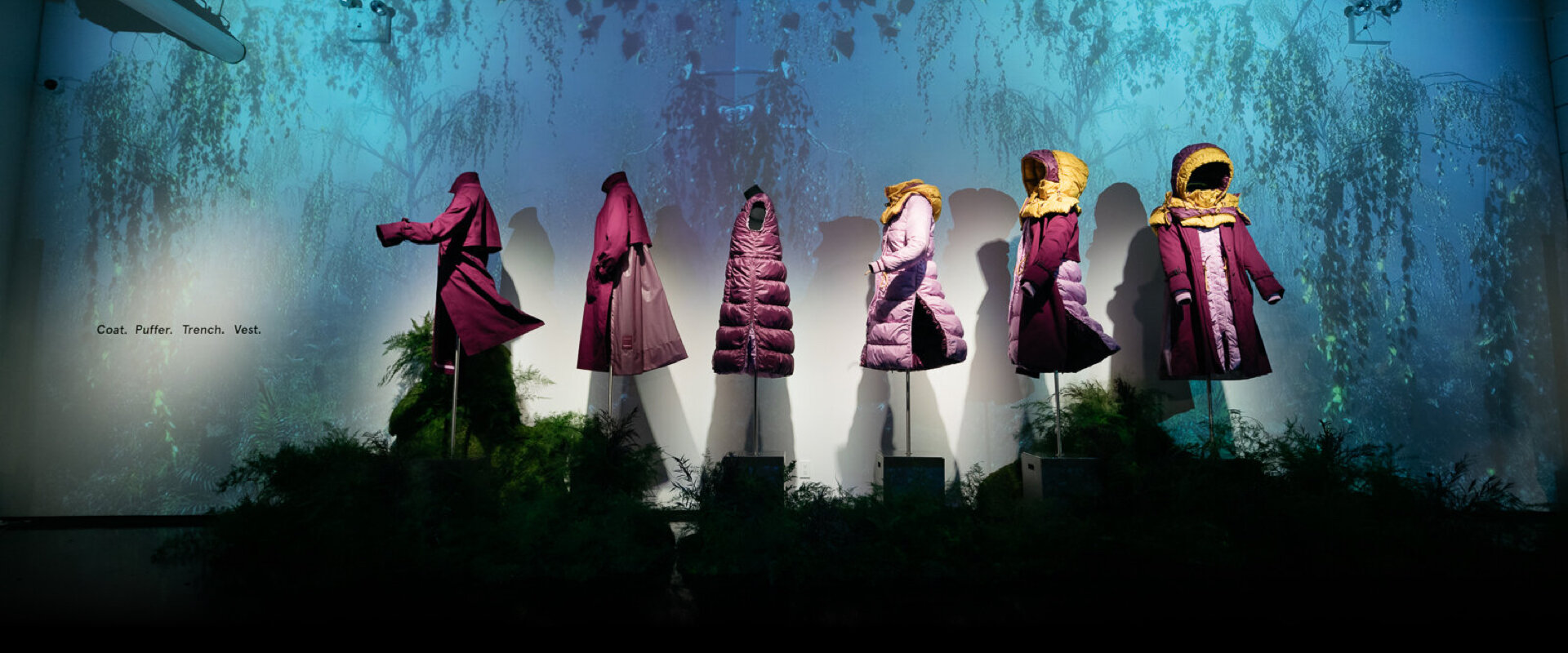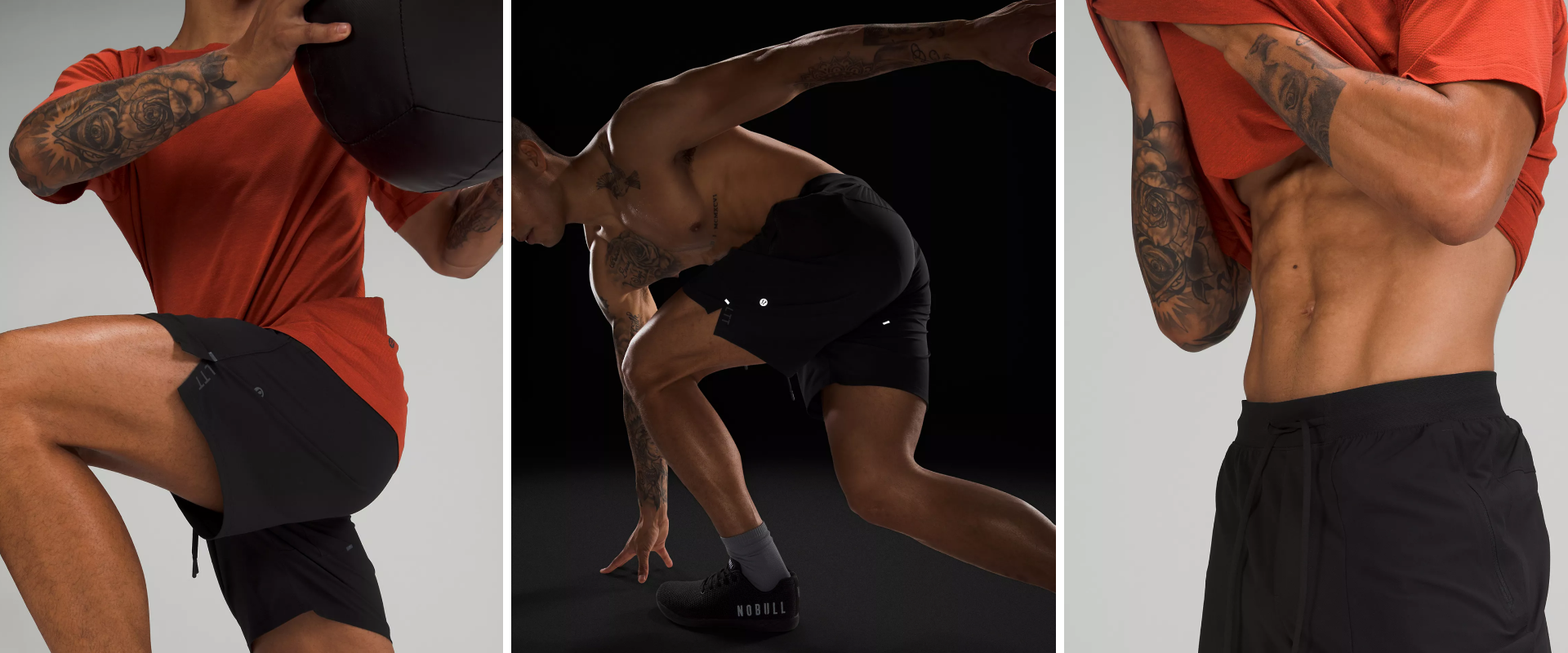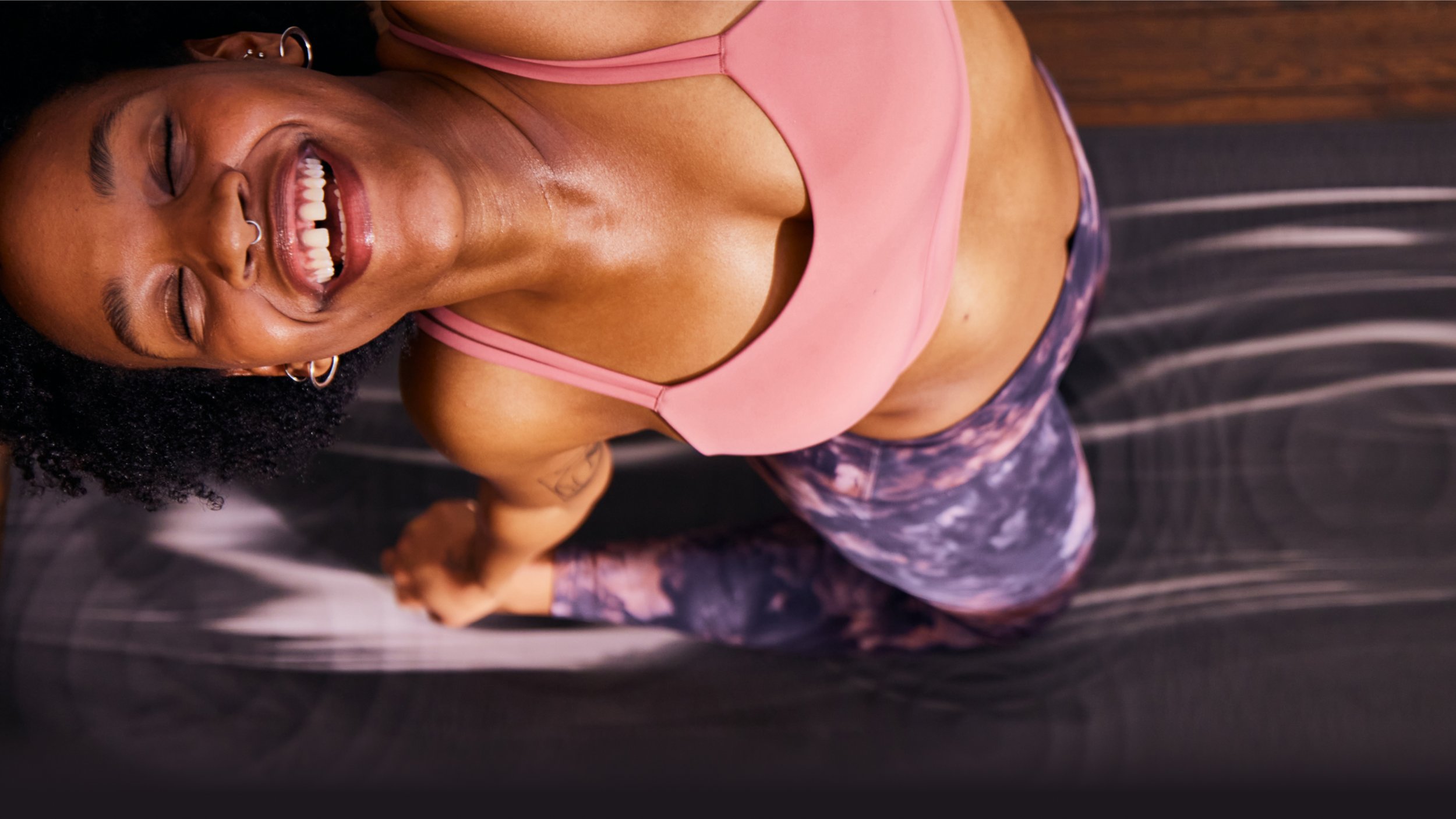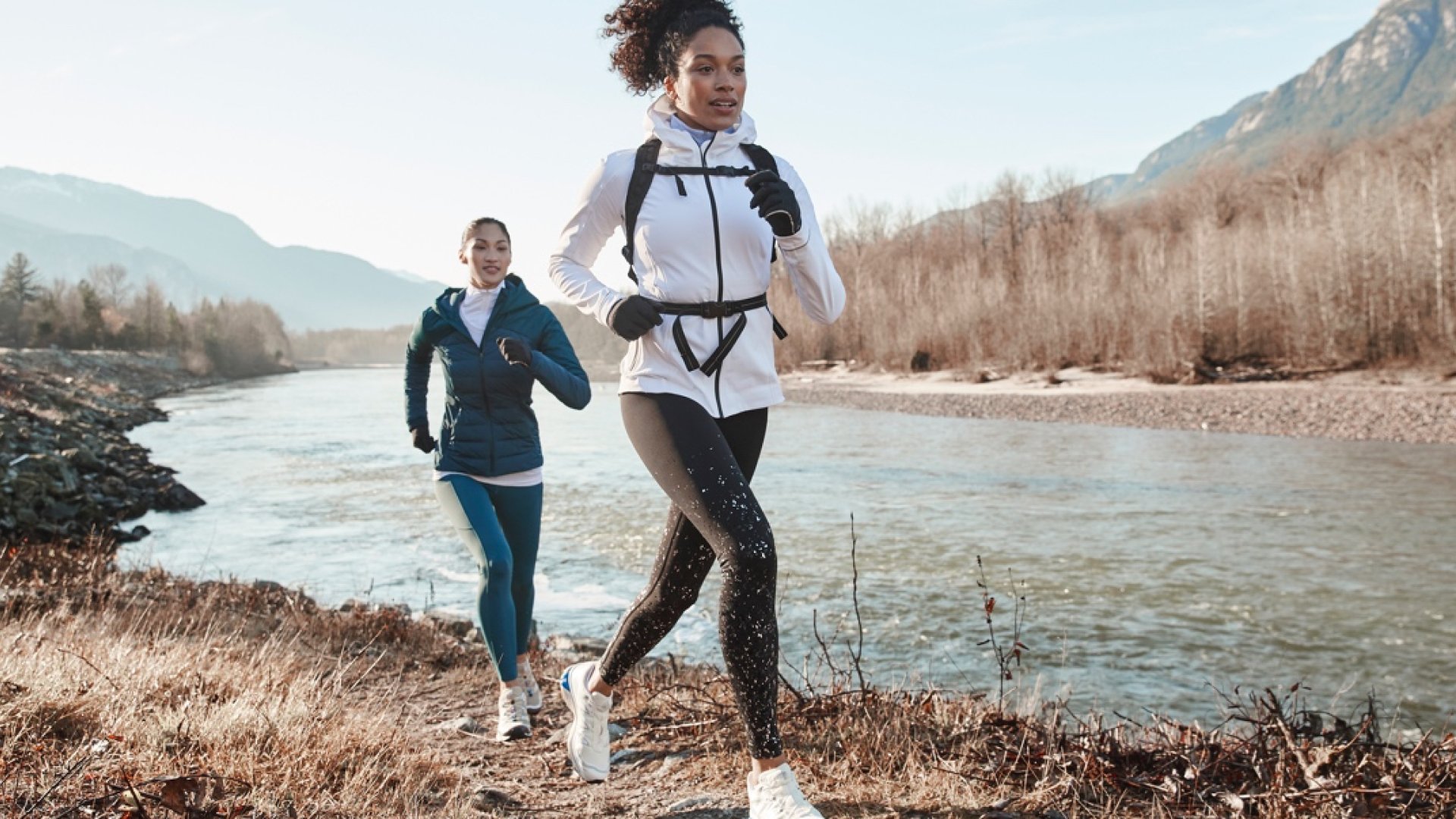
lululemon App | Navigation
Problem
As a guest, I want to be able to see the latest products - ‘What’s new’ for women and men, find categories quickly and access ‘We Made Too Much’ with minimal taps/swipes so that I can browse products I care about quickly.
As a product designer, I want to create a seamless experience; have the same in-store experience as a digital experience. (So that) Guests can shop, explore, discover and feel inspired to wear lululemon gear.
Let’s step back and take a look at the current state.
Home screen
Guests are confused after they select a gender (Women or Men).
Features screen
What are the features? Image is not tappable
Segment control and indicator are not visible.
Where are all the products?

11 taps / 7 screens
to view sub-category products
Please…I just want yoga pants.
Purchase flow
The journey ends quickly.
Analyze web navigation
The web data is shared with the lululemon app and I wanted to analyze the web navigation.
In-store observation
What’s new
New items are displayed at the front of the store
Scannable
Able to quickly scan categories by groups
Discounts
At glance, no discounts viewable
Educator(s)
Welcoming
Approachable
”What are you looking for”
Guest(s)
Hears the voice of an educator
guidance readily available
All items are at their finger tips
Vision
Have the same in-store experience to digital in-store experience. Omni experience will feel seamless

In-store/online shopping journey
Aha, moment… 1 hanger away - 1 tap away
Competitors
Nike
Madewell
Best Buy
Walmart
Adidas
Oysho
Indigo
Home Depot
Puma
Aritzia
REI
La Senza
MEC
Amazon
JCrew
Target
Sources
lululemon brand
lululemon guidelines
iOS (HIG)
Android (Material design)
Baymard
Nielsen Norman Group
Dribble
Summary of findings and recommendations
Capture screenshots: current state
Finding: Browsing is confusing and difficult,
Recommendation: Gather all the data points.
User flow
Finding: The journey ends quickly. The guest is not able to get to categories.
Recommendation: Review competitors and sources.
Analyze web navigation
Finding: Categories are mixed with the main nav and category list, which makes it difficult to scan and causes confusion.
Recommendation: Group data points - by gender, category, and collection.
In-store observation
Finding: Understand the store layout. Hear the voice of an educator and guest.
Recommendation: Have the digital experience be the same as the in-store experience.
Guest shopping journey
Finding: A product is only “1 hanger away” to a fitting room.
Recommendation: Have a product 1 tap away to a category screen.
Competitive analysis
Finding: Compare commonalities, interactions and patterns.
Recommendation: Keep the commonalities, interactions and patterns that work for the lululemon brand and app.
iOS / Android patterns
Finding: The android app uses the iOS interaction and pattern behaviours.
Recommendation: Have different designs for iOS and Android.
Review with the team
Findings: Share findings with the team.
Recommendations: Create a wireframe/mockup with recommendations.
Next step
Once I get the thumbs up from the PM. I start designing high-fidelity mocks.

Data points
Group commonalities.
The solution architect, iOS, Android developers, QA and PM were involved to provide their insights from the findings and recommendations. I also, wanted to make sure the data points were right. So, that I can start on my design.
(1) Gender tab; (2) What’s new; (3) Categories; (4) Activities / Collections; (5) We made too much
1, 2 and 3 is the whole store inventory
at the tip of your fingers
Wireframe with data points
Product design solutions
Android
iOS
In-store experience to digital experience
The entire store inventory is scannable with seconds.
At the tip of your fingers the guest can browse or start shopping
Ease of use
Combined 7 screens to 1 screen to select a category
Removed 11 taps to 1 tap away to a category
Scalable
Card components scales from B2C to B2B apps
NO MORE masking images
Flexible
Components are customizable
Able to create variants
Optional: image
Optional: loopable video 6-11 seconds
Reusable
Code
Able to use the components in different features
Performance metrics
Task success
The most widely used performance metric. It measures how effectively users are able to complete a given set of tasks.
Time on task
A common performance metric that measures how much time is required to complete a task.
Errors
Reflect the mistakes made during a task. Errors can be useful in pointing out particularly confusing or misleading parts of an interface.
Effeciency
Can be assessed by examining the amount of effort a user expends to complete a task, such as the number of clicks in a website or the number of button presses on a mobile phone.
Learnability
A way to measure how performance improves or fails to improve over time.
2018
$105 M
0.59M MAU
2019 RE-SKIN: Lululemon brand changed their colours from gold to red highlights, black text and white background.
$160 M
0.82M MAU
2020 New brand guidelines and a new category UX/UI interaction
$320 M
1.32M MAU
App & web comparison case study 2020
Goal
To gather feedback from Guests that use APP primarily on the web experience and Guest that primarily use Web on the APP Experience.
Having the Guests complete simpler tasks and answer similar questions to better understand what the differences are and how they are perceived.
App & web comparison case study 2020
Overall
Web-users were more impressed with the APP and stated that they could be more tempted to use it in the future. While the majority of APP users that went through the Web experience stated that they would still primarily use the APP. The Web users felt that the APP was obvious a more tailored experience for mobile use, that the design created a more focused experience and that there was less clutter which made the experience as one participant stated, “more chill.”
The APP users did state that they do use the web sometimes, but infrequently. They did feel that the filters in the web were more robust and made finding a product easier and that the main menu had more of a story than the one on APP, but it was simpler to just click on the APP to begin their shopping experience and being automatically logged in.
Shop anywhere and anytime!
View more cases























